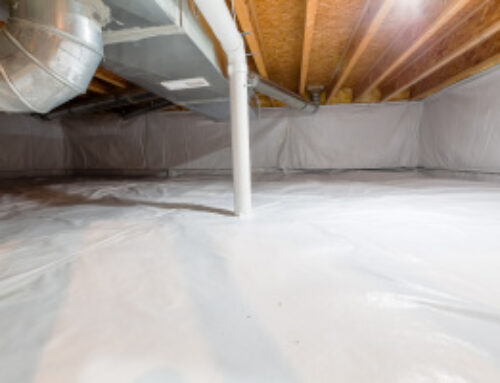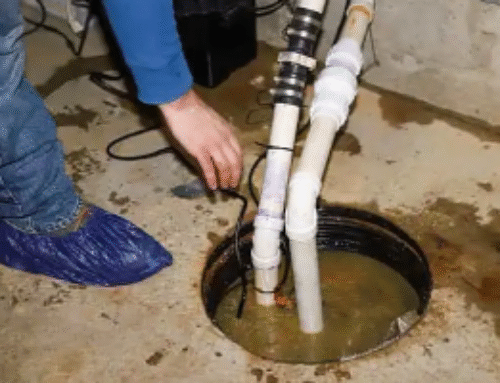Why do homes have/need crawlspaces? That’s an important question to consider when you’re building a custom home or buying a resale home in Indiana.
While many homes have basement foundations or slab foundations, it’s just as common to find residential properties with crawlspaces. The following overview will prepare you for living in a house with this type of design.
What Is a Crawlspace?
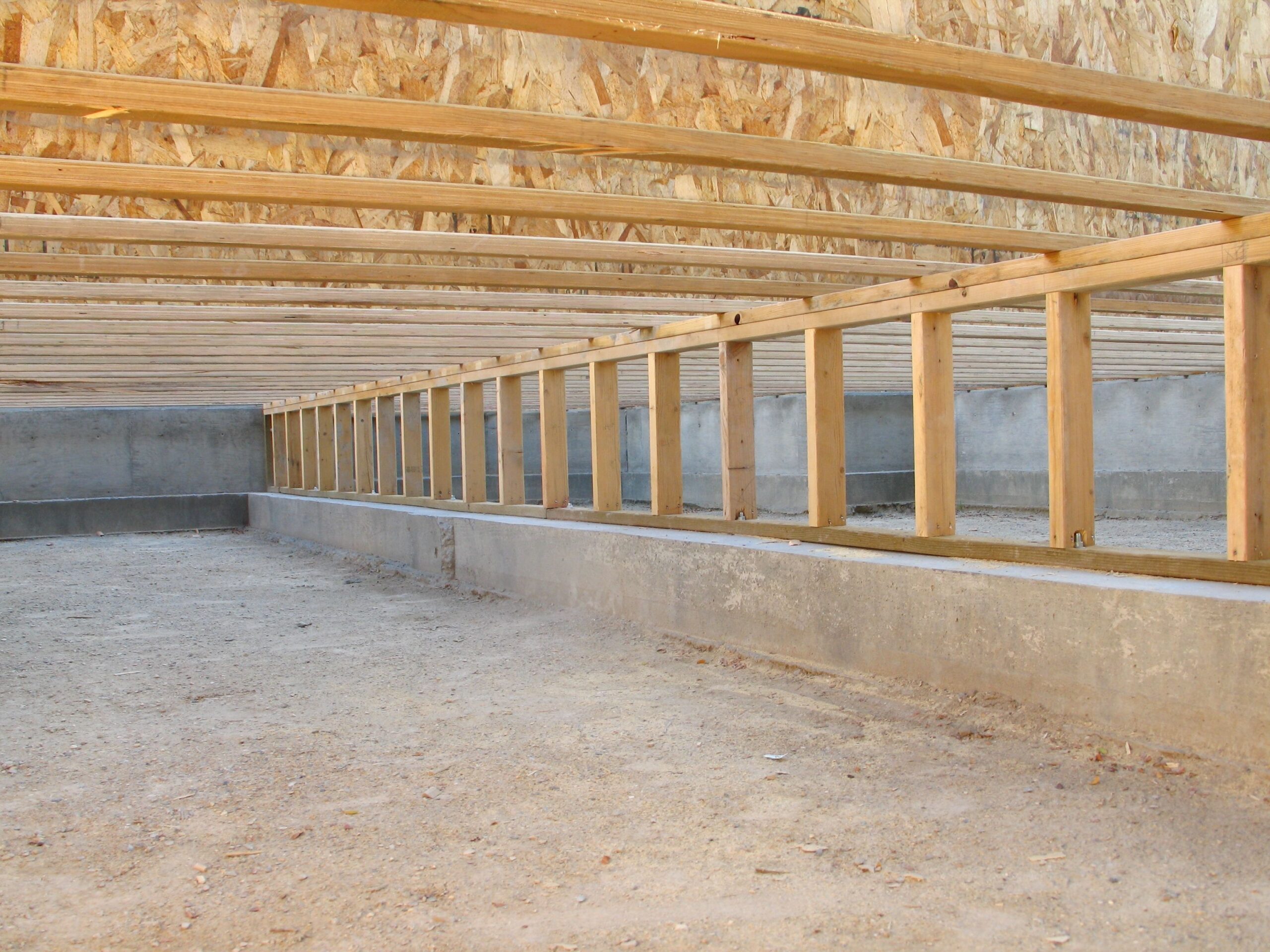
A crawl space is one type of home foundation. This design involves leaving a small, unfinished area open beneath the house’s first floor. In some cases, the builder installs a concrete floor, but it’s more common to find an unfinished dirt surface in the crawl space.
The area provides easy access to electrical wiring, plumbing lines, and essential home services. Homeowners usually enclose their crawlspaces, installing a short access door.
The term ‘crawlspace’ comes from these spaces being too short for a person to stand. Instead, anyone accessing the area will crawl or slide along the dirt or concrete floor when entering the area.
Why Were Crawlspaces Originally Included in Home Designs?
Historically, builders found that crawlspaces offered a more cost-effective way to elevate a home when compared to building full basements. A crawl space raises the first floor of the home to protect against soil moisture and flooding.
As technology advanced and residential structures included more equipment (HVAC equipment, plumbing, etc.), builders found that crawlspaces also provided convenient access to those systems. Installing new lines or repairing existing equipment is easier with the access that a crawl space provides.
The open crawl space design also solves most humidity concerns. Since an open area promotes better air circulation, humidity is less likely to increase.
Unfortunately, enclosing a crawl space minimizes this advantage.
Advantages of Crawlspaces Over Slab Foundations
There are several reasons that homeowners prefer crawlspaces over home designs with slab foundations. Here’s a look at the most common benefits of this foundation style.
Ease of Home Maintenance
The ease of access a crawl space provides is something you’ll frequently appreciate. Whether you’re checking the utility equipment firsthand or hiring skilled technicians, you’ll often need access to the underside of your house.
Convenient crawlspace access can help reduce your costs when repairing the crawl space or replacing equipment.
Better Soil Moisture Management
The soil permeability will affect your foundation’s condition since less permeable soil allows for more effective water runoff. A crawl space gives you the ability to evaluate the soil under your home for moisture absorption.
If the soil absorbs more moisture, an open crawl space can help you reduce the risks of hydrostatic pressure and foundation damage.
More Flexibility in Home Designs
Why do homes have/need crawlspaces in the modern era? Including crawlspaces in contemporary home designs makes it easier to build houses in a variety of environments. You can build your home on irregular terrain or reduce the costs of building a home addition.
Crawlspaces are ideal in regions where moisture, frost, and soil types prohibit the use of full basements and slab foundations.
Potential Problems That Can Arise in Crawlspaces
Why do homes have/need crawlspaces that expose the structure to environmental threats? Every foundation type has its downsides, but learning about them will help you minimize the adverse effects they have on your home.
Flooding and Soil Moisture
Moisture comes in a variety of forms. The biggest danger facing your crawl space is the possibility of flooding. While heavy rainfall can damage a basement foundation, there is still a risk with crawl space designs.
In addition, normal soil moisture can erode the concrete walls that form your crawl space.
Insects and Other Pests
Many common foundation problems result from unwanted guests accessing the area beneath your home. Carpenter ants, termites, and wood-boring beetles can all destroy the structure of your home.
In addition, rodents, birds, and reptiles may use insulation, electrical wiring, and other materials in the crawlspace to build their nests.
Mold Growth
Why do homes have/need crawlspaces with direct soil access? While this is the most economical way to build a foundation, it also means that long-term moisture exposure is a problem.
Especially in the summer, the presence of hot, moist soil can promote mold growth. Once the mold starts to spread, it will release spores that contaminate the air in your home’s living spaces.
Structural Erosion
All of the elements in nature that negatively impact your crawl space can lead to the erosion of your home’s structure. Since the structure of a house is usually made of wood, organic threats are a concern. From pests to consistent soil moisture, these hazards can work together to damage your house’s structure.
Protecting Your Home’s Crawlspace
Why do homes have/need crawlspaces when they expose essential house features to so many threats? The conveniences of a crawl space make the design worthwhile. In addition, there are several waterproofing steps you can take to protect your crawl space.
Use a Sump Pump

If flooding is a problem, installing a sump pump can help you address the issue. A sump pump with a battery backup will prepare you for excess rainfall and storms at any time of the year.
Add Supplemental Drainage
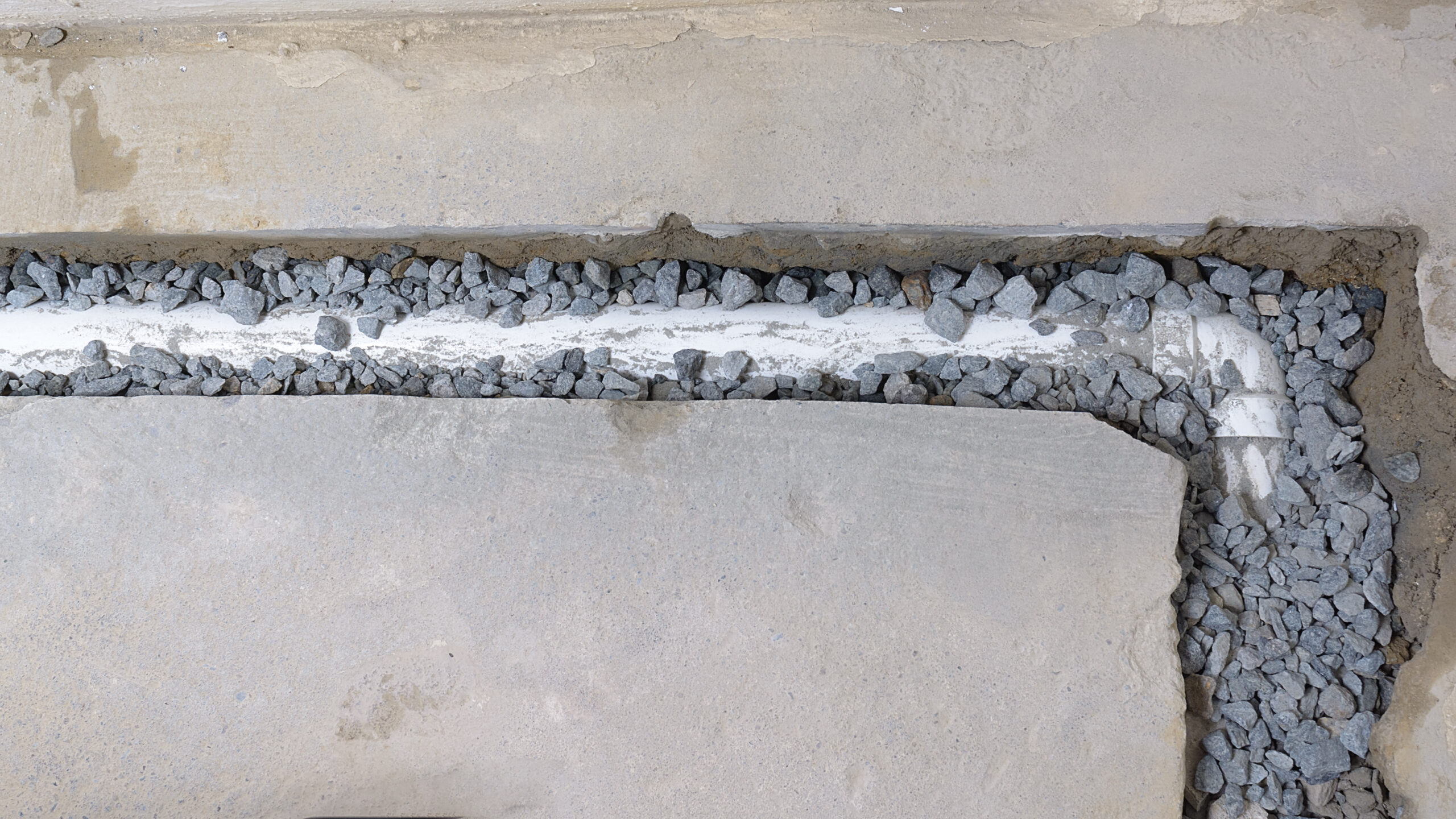
You’ll use a gutter system on your home to divert rainwater from your roof. It’s equally important to make sure that water doesn’t flood your crawl space. In addition to installing a sump pump, consider building a drainage system in your crawl space.
This will provide an easier path for water to follow as it exits your crawl space.
Enclose Your Crawlspace
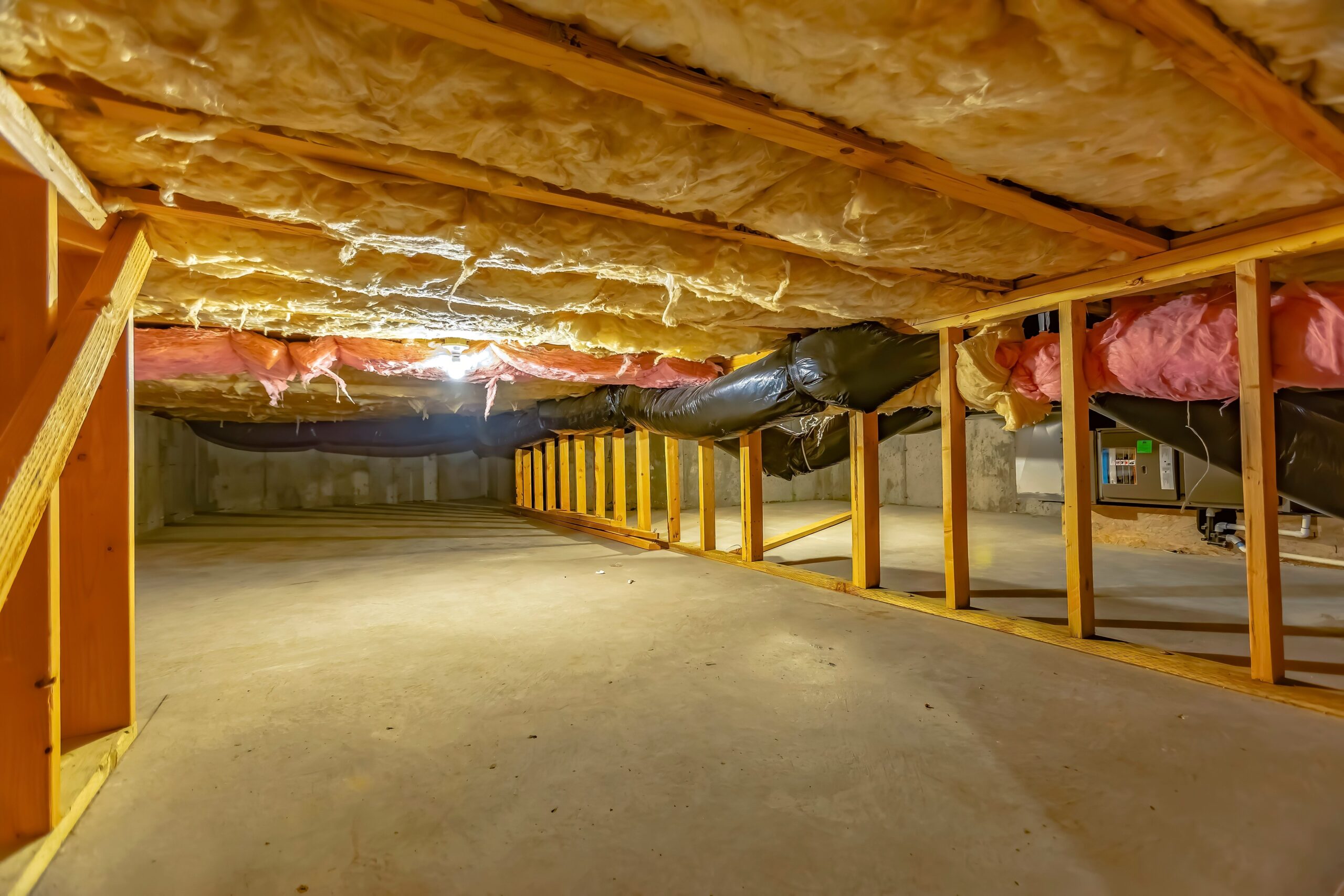
If you have an open crawl space, consider enclosing it. You can add a door with a vent to keep the air circulating properly. This is the best way to keep pests from infesting your crawlspace and damaging your home’s structure.
Encapsulate the Area
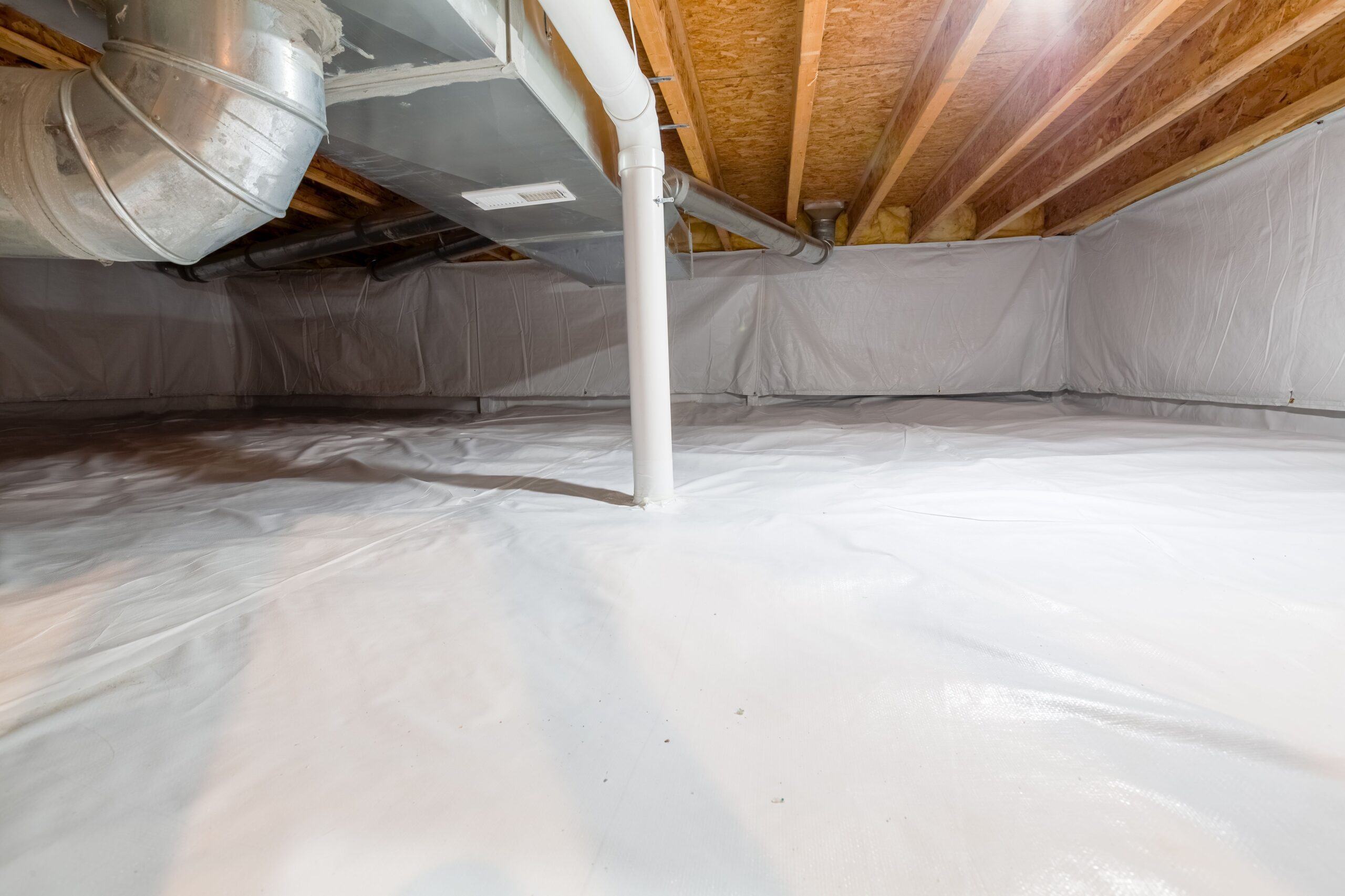
Crawlspace encapsulation solves a variety of problems. It protects the space, the home’s structure, and utility equipment from soil moisture damage. It’s also effective in keeping insects and other pests from accessing the area under your house.
FAQs
Protect Your Crawlspace and Home With Expert Guidance From Crossroads Foundation Repair
As a leader in the industry, Crossroads Foundation Repair offers experience-backed foundation services to help you protect your home.
We’re skilled in providing maintenance and repairs for crawlspaces, slab foundations, and full basement foundations.
We can help you maintain your crawl space or repair the surrounding foundation. Request your free evaluation today!

